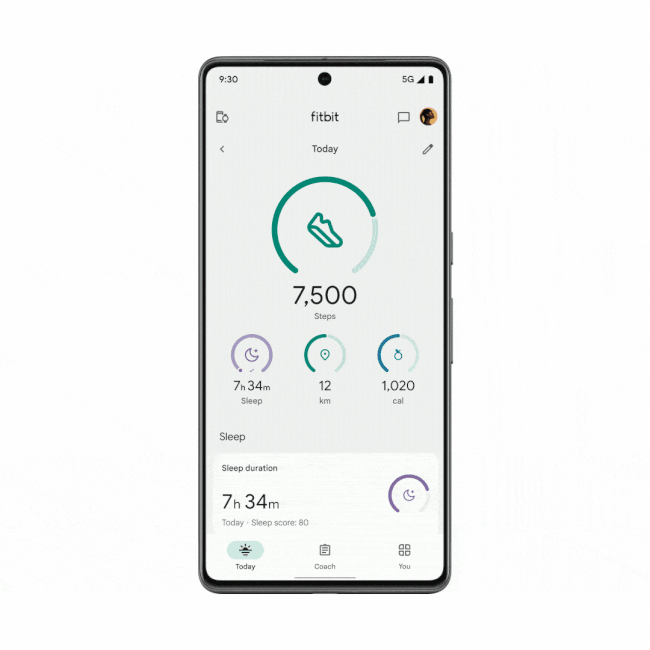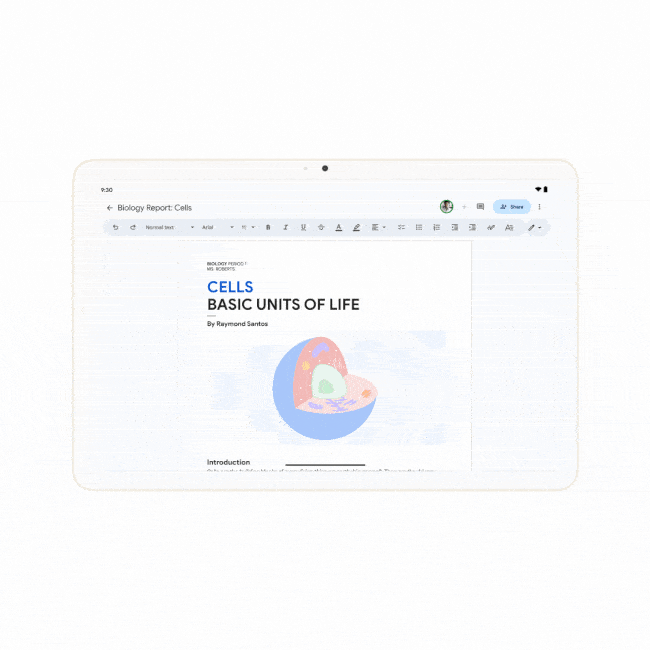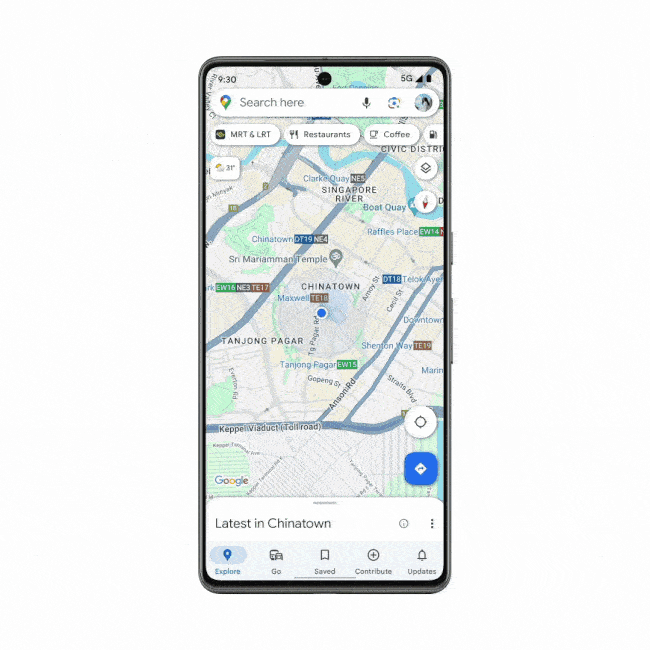The Pixels’ March feature drop should be just around the corner, but before then, Google has good news for all Android users. As part of MWC 2024, the company announced a slew of new Android and Wear OS features that have either started rolling out or will become available soon. The announcement includes some important accessibility updates, but there are also some much-needed quality of life improvements.
A central place for your fitness data in Fitbit
Fitbit’s You tab can get data from other trackers thanks to Health Connect
Health Connect is a relatively new Android service that lets you sync your fitness data across different apps, locally and privately on your device. Now that it’s become a mandatory part of the system with Android 14, Google is rolling out some enhancements to Fitbit that rely on it. The company announced that you will soon be able to view Health Connect data right inside Fitbit’s You tab in the bottom right.
Google says that “data from your favorite wearables and apps like AllTrails, Oura Ring and MyFitnessPal” is supported, indicating that there may be even more services than just these. When those apps are connected with Fitbit, you’ll also see data from them right alongside Fitbit’s own: “In the Today tab, you can see data like exercise, steps, calories burned, floors climbed and distance traveled from Health Connect-compatible apps.”
Google Docs adds handwritten annotations
For those who miss drawing on paper
Google Docs has always been a great collaboration tool, but sometimes, you might just wish you could write in the margins with a red pen rather than leave polite comments. With the MWC update, you’ll be able to do just that on your Android phone or tablet. Google explains that with Google Docs markups, you’ll be able to add handwritten annotations with your fingers or a stylus.
There will be a selection of tools to choose from, including different pens, highlighters, and colors, making document reviews more flexible. Sometimes, a few arrows and circles are clearer than words could ever be.
AI-generated image captions and inclusive Maps enhancements
Lookout is rolling out globally in English and Maps Lens starts supporting screen readers
Last year, Google introduced AI-assisted image captions as part of its Lookout accessibility service for a limited number of testers in blind and low vision communities. The tool makes it possible to listen to automatically generated captions and descriptions of images on the web and in apps, along with the possibility to ask questions about the visuals. After the limited test run, these AI-assisted image captions are now rolling out globally in English.
A similar new feature is coming to Lens in Google Maps. It allows users with visual impairments to point their camera at businesses and other points of interest like stations, ATMs, and restaurants and then hear their phone read out the description for them via TalkBack. This includes information like rating, business hours, and how to get there.
Google Messages, Wear OS, and Spotify are in for upgrades
Gemini in Messages, Wear OS Maps improvements, and Spotify Connect in the Android media player
Google has a few more announcements, which we’ve covered in more detail. After months of leaks, Google is now rolling out Gemini to Messages, allowing you to chat with the generative AI bot right in your RCS messenger. When you have a Wear OS watch, you can now finally get Google Maps transit instructions right on your wrist, the last missing mode of transportation to make it to the watch. And a good year after it was first announced, Google and Spotify now want to roll out Spotify Connect support to the output picker in the Android media player.
Google wasn’t entirely clear on when each of the features will arrive on your phone. The company usually takes a slow approach to catch any bugs or problems before they reach too many people. If you’re interested in any of the new features, be sure to update your apps and phone to the latest software version, and check if there are Google Play System updates pending. Even then, the new features may still take some time to arrive.







